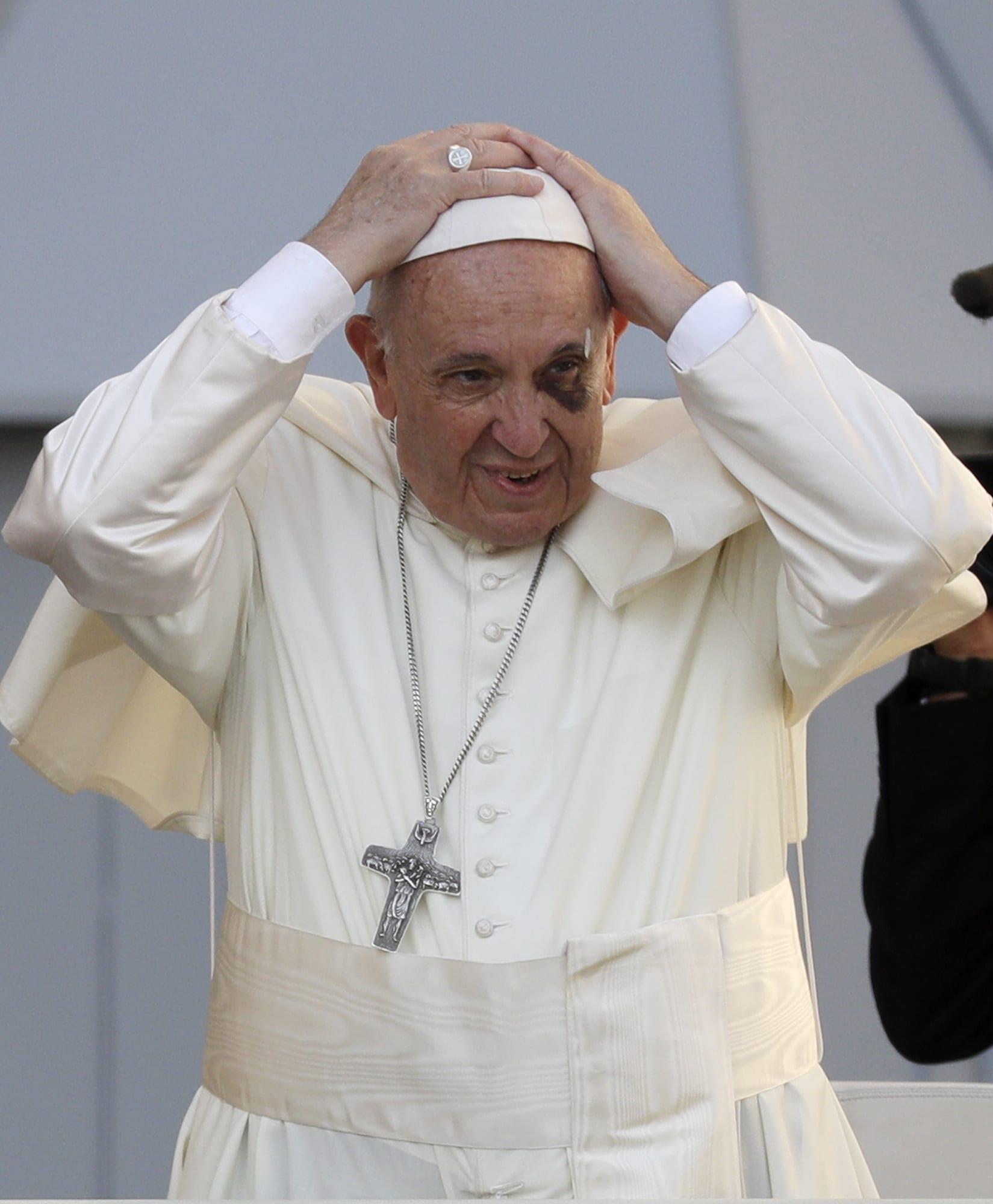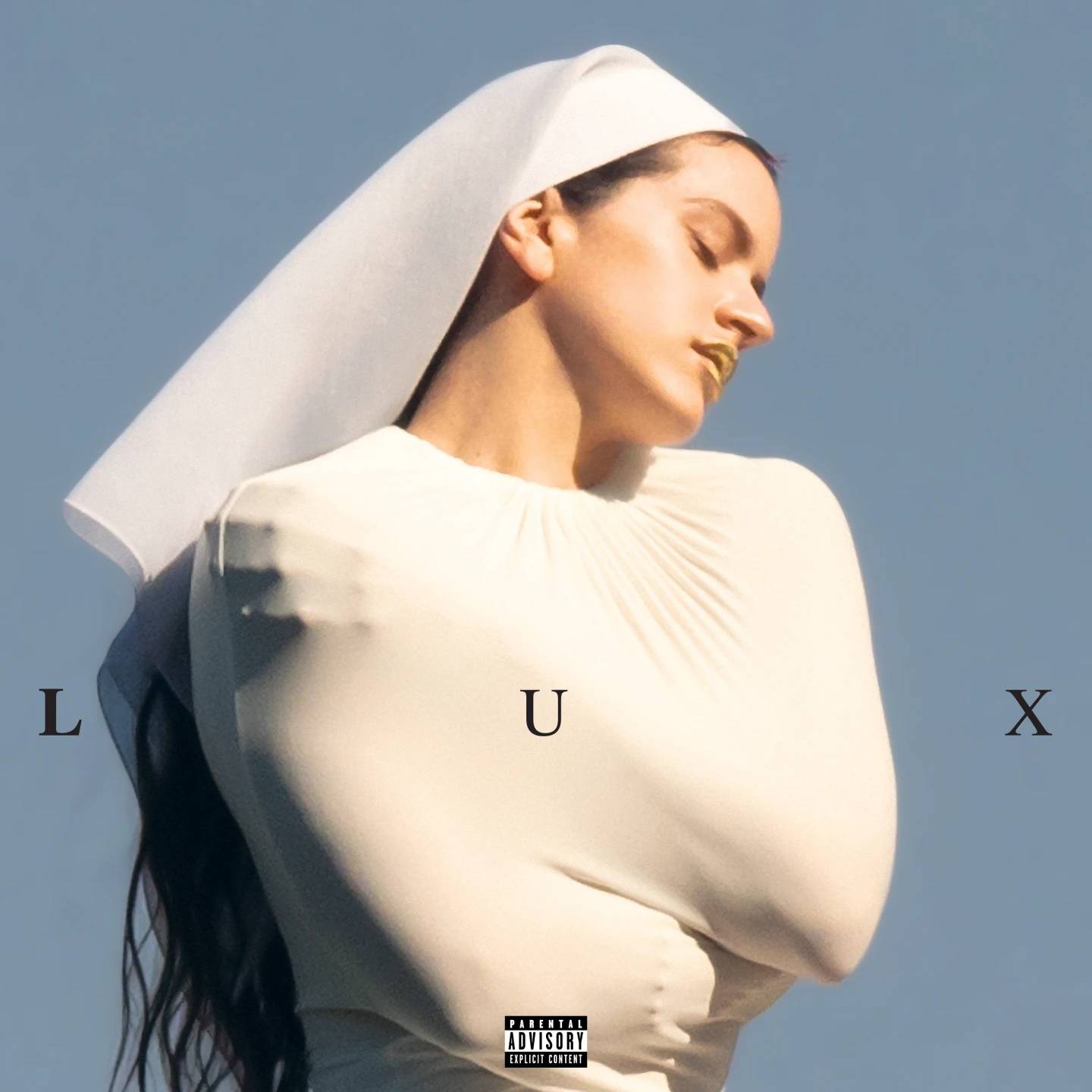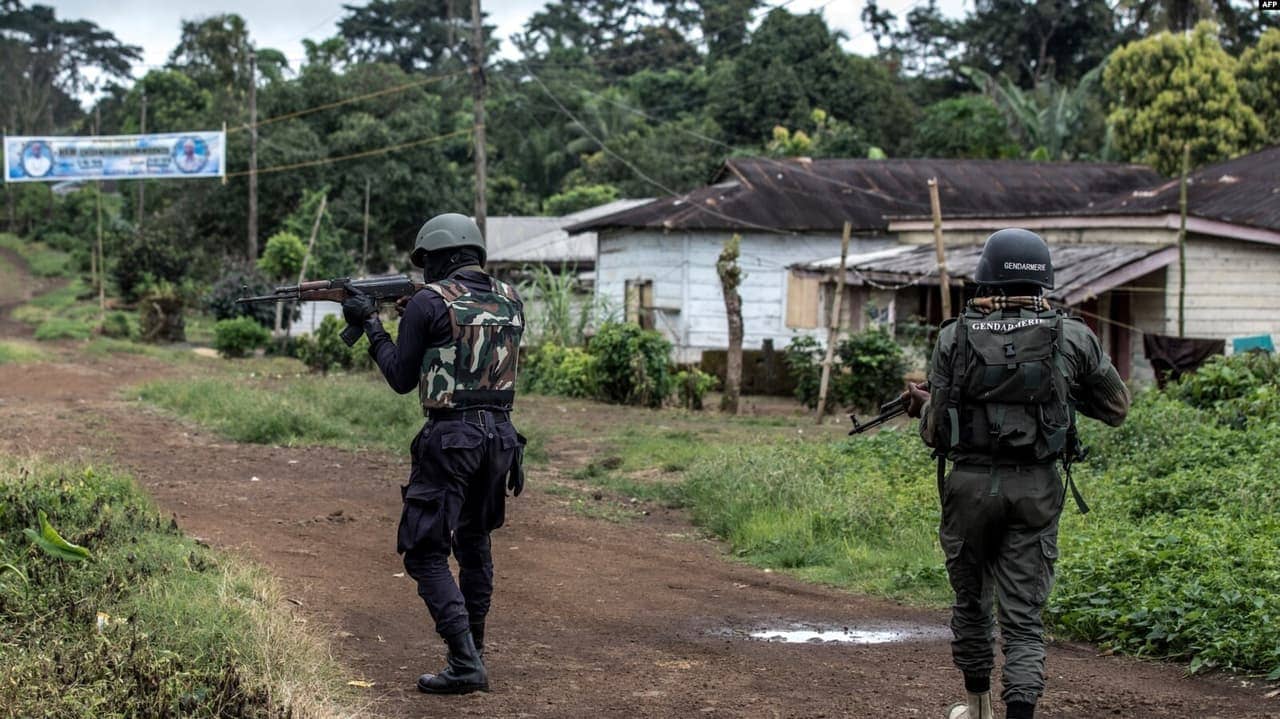ROME — Sometimes on the Vatican beat, there’s one clearly dominant storyline in a given week: The pope releases a document that causes massive controversy, a bishop is named who’s destined to set the tone for an entire region, or some new scandal erupts.
Other times, however, there’s a collection of smaller stories that may not add up to one grand narrative, but nevertheless contain interesting little nuggets of insight. This felt like one of those weeks, so herewith a potpourri of small Vatican or Church-related developments over the last few days, along with a stab at finding a couple of those nuggets.
Different antidotes for different diseases
Two very striking events took place on Thursday: Pope Francis gave his annual address to newly appointed Catholic bishops over the last 12 months, and an annual summit of Latin Mass devotees at the Dominican-run Angelicum University sponsored a one-day summit on the 10th anniversary of Pope emeritus Benedict XVI’s document Summorum Pontificum.
Among the Rome press corps, that annual get-together of traditionally minded Catholics is usually covered the way political reporters covered CPAC meetings during the Clinton and Obama years, i.e., as the main gathering of the opposition and its leadership. This year, the heavy-hitters included German Cardinal Gerhard Müller, recently replaced as head of the Vatican’s Congregation for the Doctrine of the Faith, and Cardinal Robert Sarah of Guinea, whose wings were recently clipped on liturgical translation as prefect of the Congregation for Divine Worship and the Discipline of the Sacraments.
RELATED: Despite wing-clipping, Sarah not going quiet in defense of tradition
Also in the line-up was Italian Archbishop Guido Pozzo, secretary of the Vatican’s Ecclesia Dei Commission set up under St. Pope John Paul II to handle relations with devotees of the Latin Mass and the traditionalist Catholic world. Pozzo had an interesting line during his talk about the extraordinary form of the Mass, meaning the older liturgy in Latin made more widely available by Summorum Pontificum.
The extraordinary form, Pozzo said, can exercise positive influence on the new one, calling it an “antidote to arbitrary creativity.”
That same day across town, in the Vatican’s Apostolic Palace, Francis was also using the word “antidote.”
Speaking about the virtue of discernment, or the ability he said bishops must cultivate to make choices in diverse sets of circumstances, Francis called it an “antidote against rigidity, because the same solutions aren’t valid everywhere.”
Obviously, the pope and Pozzo were invoking very different antidotes, which in turn reflect different diagnoses of perceived diseases.
For Francis, the danger is rigidity – invoking old formula in new situations, as if the moral life is one-size-fits-all, and once-and-for-all. For Pozzo, it’s almost the opposite – arbitrary creativity, as if the Mass is nothing more than evening at the improv for the celebrant, rather than the patrimony of the entire Church.
Now, is this really opposition? Are we dealing here with irreconcilably opposed visions, or are these two antidotes actually complementary – both necessary from time to time in Catholic life, in order to ward off equally plausible diseases?
That, perhaps, is something worth thinking about.
Counterintuitive Patrons
On Tuesday, St. Pope John XXIII was officially installed as the new patron saint of the Italian army, in a ceremony at Rome’s military palace.
I tried to make the case that given Good Pope John’s biography as a former member of the Italian army himself, as well as the largely humanitarian role played by the Italian military today (peace-keeping in Kosovo, rescuing refugees in the Mediterranean, etc.), it was a fitting choice. Others, however, were deeply incensed at what they saw as an historic “Peace Pope” being co-opted.
RELATED: Why ‘Good Pope John’ fits as patron saint of Italian army
This being Rome, there was also a whiff of political scandal. Because the decree came from the Congregation for Divine Worship, some suspected a shot at Pope Francis, himself a pretty strong “Peace Pope,” and that Sarah or one of his aides had executed the maneuver without the pontiff’s knowledge.
(I have no idea whether Francis knew about it in advance, but one does wonder if this was important enough to rise to the level of requiring the personal attention of the prefect anyway, let alone the pope.)
I happened to bump into an old Italian friend that day, who joked that the next logical move would be to make Pope Gregory XVI (who’s not been declared a saint, by the way) the patron of Trenitalia, meaning the Italian railway. He was joking about the fact that Gregory once banned trains in the Papal States in the 19th century, calling them chemins d’enfer, or “roads to hell,” a play off the name of the French railway system, chemin de fer, or “iron road.”
That got me thinking about counter-intuitive choices for patron saints, and different ideas kept popping in my head throughout the day. Here’s a sampling — and, by the way, this is obviously all tongue-in-cheek, because none of this is ever going to happen:
- Francis of Assisi as the patron of destroyers of rainforests, polluters of water and industrial waste sites.
- Thomas Aquinas as the patron of the non-college educated and all those who believe “theology is bunk.”
- Mother Teresa, the “Apostle of the Gutters,” as the patron of black-tie balls and gated communities.
- Pope John Paul II as the patron of the shy, bashful and non-charismatic.
- (Tie) John Paul II as the patron of every country that’s ever invaded and/or occupied Poland.
- Padre Pio as the patron of skeptics, rationalists and all those who regard popular religion as nothing more than primitive folklore.
- Faustina Kowalska as the patron of the merciless.
If you’ve got other thoughts, send them along using this form. Maybe we can develop this into a feature story at some point, because it is kind of fun to think about.
Papal Presser
The week began with Francis giving his customary in-flight news conference on the way home from an international trip, in this case his Sept. 6-11 outing to Colombia.
The results formed a case study in contrasting impressions, since the headline in the States was the pope’s call for President Donald Trump to “rethink” his decision on DACA, while in Italy it was the pontiff’s realistic recognition that “prudence” requires some limits on immigration.
RELATED: Pope Francis on Trump’s threat to DACA: That’s not “pro-life”
Just as a footnote, ordinary people seeing these declarations from Francis in the form of headlines or quick TV soundbites may not completely grasp the context. These are not things Francis gets out of bed in the morning and scripts out, but rather they come in response to the questions he’s asked by reporters.
Those questions are chosen by the reporters on the plane, who organize themselves by language groups, and they’re not given to Francis in advance – even though, of course, in some cases, it’s fairly easy to anticipate what we’re likely to ask.
The bottom line, however, is that these press conferences aren’t a statement about the pope’s own personal priorities. They’re a statement about the priorities of the press corps.
That’s not to say, of course, that Francis doesn’t mean the things he says. It is, however, to say that if you’re trying to measure the relative importance of various positions and possibilities in the pope’s own mind, the press conferences probably aren’t the first place you’ll want to go.
















